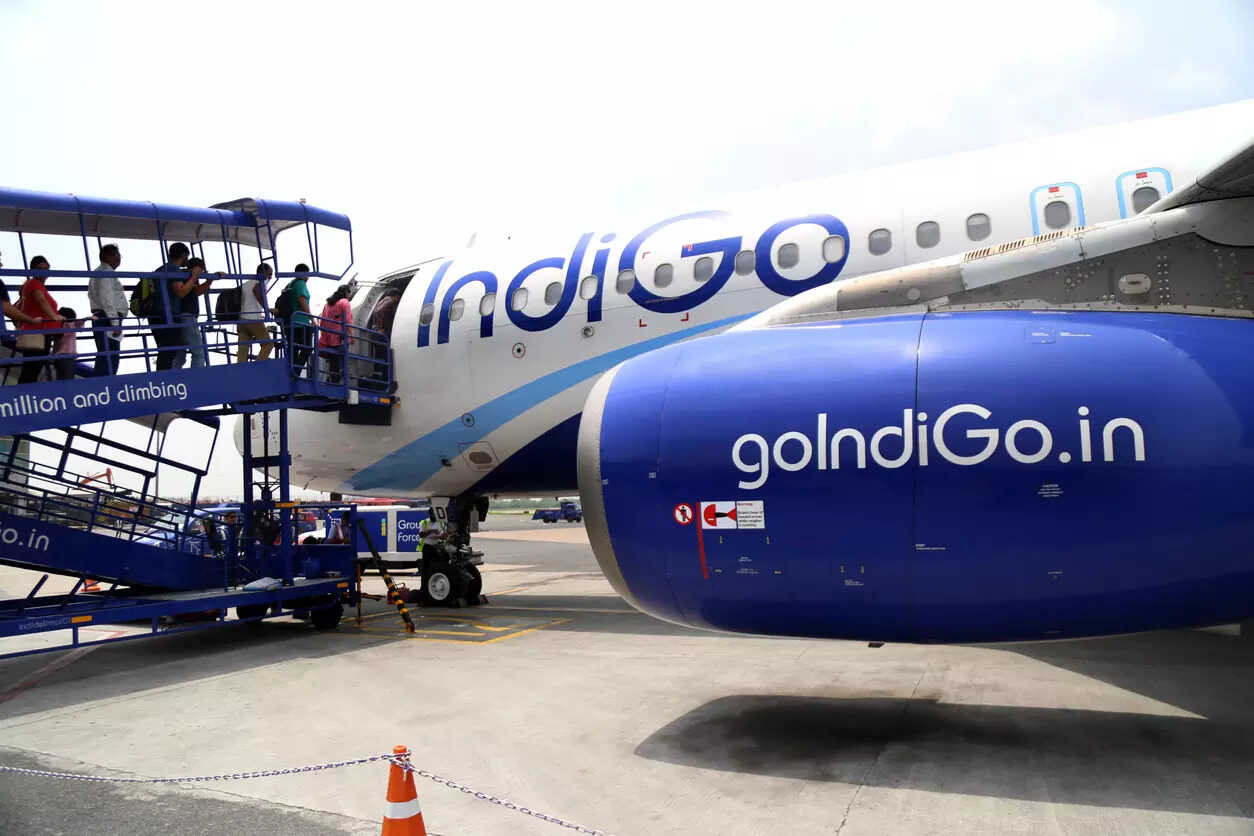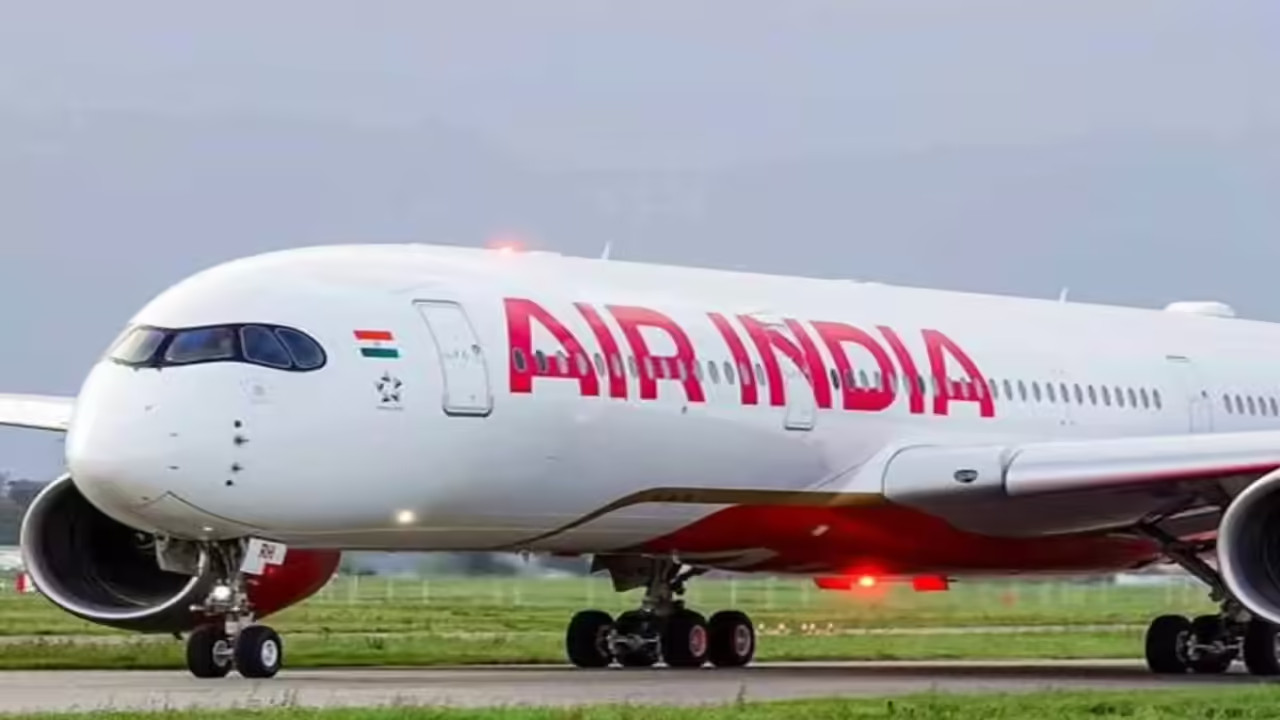Tata Motors Passenger Vehicles Ltd celebrated a significant festive season, delivering over 1 lakh vehicles between Navratri and Diwali, a 33% year-on-year increase. SUVs, particularly the Nexon and Punch, led the surge, while electric vehicles also saw strong demand, crossing 10,000 units. This performance highlights robust market sentiment and Tata Motors’ strategic focus on product leadership.
Tata Motors Steams Ahead: A Festive Season Sales Surge
The air crackled with festivity, and the roads mirrored the celebratory mood – packed with new vehicles. This year’s Navratri to Diwali period wasn’t just about lights and sweets; it was a roaring success for Tata Motors. The Indian automotive giant announced deliveries of over 1 lakh vehicles, a staggering 33% year-on-year growth, painting a vibrant picture of the company’s current trajectory. But what fueled this impressive surge?
The answer, it seems, lies in a potent combination of factors. First, the enduring appeal of Tata Motors’ diverse portfolio is undeniable. From the ever-popular Nexon compact SUV to the increasingly sought-after electric vehicles, the company offers something for a broad spectrum of buyers. The demand, spurred further by attractive festive offers and financing schemes, created a perfect storm for sales.
Beyond the deals and the diverse lineup, there’s a deeper narrative at play. Tata Motors has been steadily building a reputation for quality, safety, and innovation. Their commitment to electric mobility, evidenced by the growing popularity of models like the Nexon EV and Tiago EV, is resonating with a new generation of environmentally conscious consumers. This proactive approach to the future of automotive is paying dividends, positioning Tata Motors as a frontrunner in the Indian EV revolution.
Riding the Wave: How Tata Motors Capitalized on Festive Demand
The festive season in India is traditionally a period of heightened consumer spending, with auto sales often experiencing a significant uptick. This year, Tata Motors appears to have masterfully capitalized on this trend. Their strategic marketing campaigns, coupled with readily available financing options, likely played a key role in converting interest into actual sales.
But marketing alone doesn’t guarantee success. The underlying product needs to deliver on its promises. Tata Motors seems to be doing just that. Customer feedback suggests that the company’s vehicles are increasingly perceived as offering excellent value for money, with a focus on features, performance, and safety.
<img src="image-tata-nexon.jpg" alt="A new red Tata Nexon, a popular model that contributed to the festive season Tata Motors sales success, parked in front of a home decorated for Diwali.” width=”600″ height=”400″>
Furthermore, the company’s expanding sales and service network ensures that customers across the country have convenient access to their products and after-sales support. This comprehensive approach, from product development to customer service, is crucial for building long-term brand loyalty and driving sustained growth. To read more about how manufacturers are improving after-sales customer satisfaction, check out this article about [Automotive Customer Service](internal-link).
The EV Factor: Powering Future Growth
While the overall sales figures are impressive, the performance of Tata Motors’ electric vehicle division is particularly noteworthy. The growing acceptance of EVs in the Indian market, coupled with government incentives and increasing awareness of environmental issues, is creating a significant opportunity for companies like Tata Motors. Their early investment in EV technology and their commitment to expanding their electric vehicle portfolio have positioned them advantageously in this rapidly evolving landscape.
The Nexon EV, for instance, has become a symbol of India’s electric mobility aspirations, offering a compelling combination of range, performance, and affordability. As charging infrastructure continues to improve and battery technology advances, the demand for EVs is only expected to grow, further fueling Tata Motors’ future growth prospects.
What Does This Mean for the Future?
Tata Motors’ stellar performance during the festive season is more than just a fleeting success. It’s a testament to the company’s strategic vision, its commitment to innovation, and its ability to adapt to the changing needs of the Indian consumer. The company’s focus on safety, its growing EV portfolio, and its expanding sales network all point towards a promising future. While challenges undoubtedly remain, Tata Motors appears well-positioned to continue its upward trajectory in the years to come, solidifying its position as a major player in the Indian automotive market and beyond.







